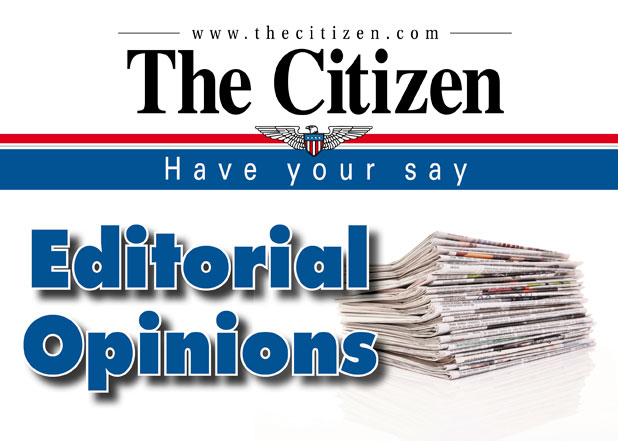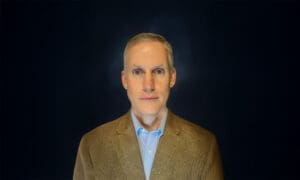By Dr. James Thrasher
As I approached the county courthouse for jury duty, my unfocused mind was in many different places, including being sincerely burdened by the state of our nation. I had filled out the eligibility questionnaire, made arrangements with my employer, and was committed to fulfilling my civic duty. I was self-absorbed with the logistics of life responsibilities that made the day possible.
But as I entered the courthouse, amidst the marble columns and the incredible stained-glass dome surrounded by paintings of allegorical representations of the law and the pursuit of justice, I honestly was taken aback.
A sense of duty to the basic and imperative principles of a democratic society came racing into my mind. I immediately recollected that God has defined truth and justice for us, and He has called those made in his image to do and act justly.
I literally stopped in my tracks. I quickly realized that this was not some thoughtless exercise that people often disrespect and try to get out of or get over with as soon as possible, but a very high calling on which our free society was built and is defended. The responsibility to respect and uphold the law, protect an individual’s rights, love our neighbor, and ensure equal justice rests on the shoulders of our nation’s citizens, not the government.
Trial by jury of one’s peers should be a cherished right which is guaranteed by the U.S. Constitution. The first three words of the Preamble state “We the People.” This phrase highlights the foundation of a free society. Democracy will survive only if citizens aspire to live and act honestly and responsibly.
As I stood in a long social-distancing line, I carefully studied the dome paintings, which directed my thoughts to Lady Justice. She historically has been portrayed as the personification of the fair and equal administration of the law. She is blindfolded and is holding a balance and a sword. The three symbols she presents deliver justice and a reminder regarding the authority of and our accountability to the civil government.
The blindfold reminds us that the rule of law must go forth without corruption, favor, partiality, or any type of prejudice. The Scriptures tell us that the Lord is a blind judge. So, too, in an earthly sense, jurors are to decide cases based on the bare facts, the true reality of the people and the circumstances involved. The evidence in the court of law must speak for itself without outside bias or influence.
The balance or the scales of justice are held in her right hand. The weight of the facts of the case are to stand alone on their own merit. After corroboration of the details and testimony of the presented information and witnesses, the scale then tips to one side or the other. Jurors and judges make their own appraisal of the force of evidence weighing down each side. Though imperfect, the pursuit of justice is served.
Last, the sword held by her left hand is lower than the scales of justice. This is to symbolize that the merits and truths of the case are heard before a verdict is pronounced. But once the verdict is announced, realizing that reputations, lives and futures are at stake, justice rolls down.
These reflections on Lady Justice have challenged me and changed my perspective considering the vital, symbolic, and yet practical role of serving as a juror. It also put in context the current state of our nation, realizing the fundamental role of every single citizen in preserving the fragile form of government known as American democracy. May we prayerfully look to the originator and arbiter of the Truth, the Lord Jesus Christ, to direct our path at this uncertain time in our nation’s history.
[Dr. Jim Thrasher is the Senior Fellow of Grove City (Penn.) College’s career services office and the coordinator of the Institute for Faith & Freedom‘s working group on calling.]












Leave a Comment
You must be logged in to post a comment.